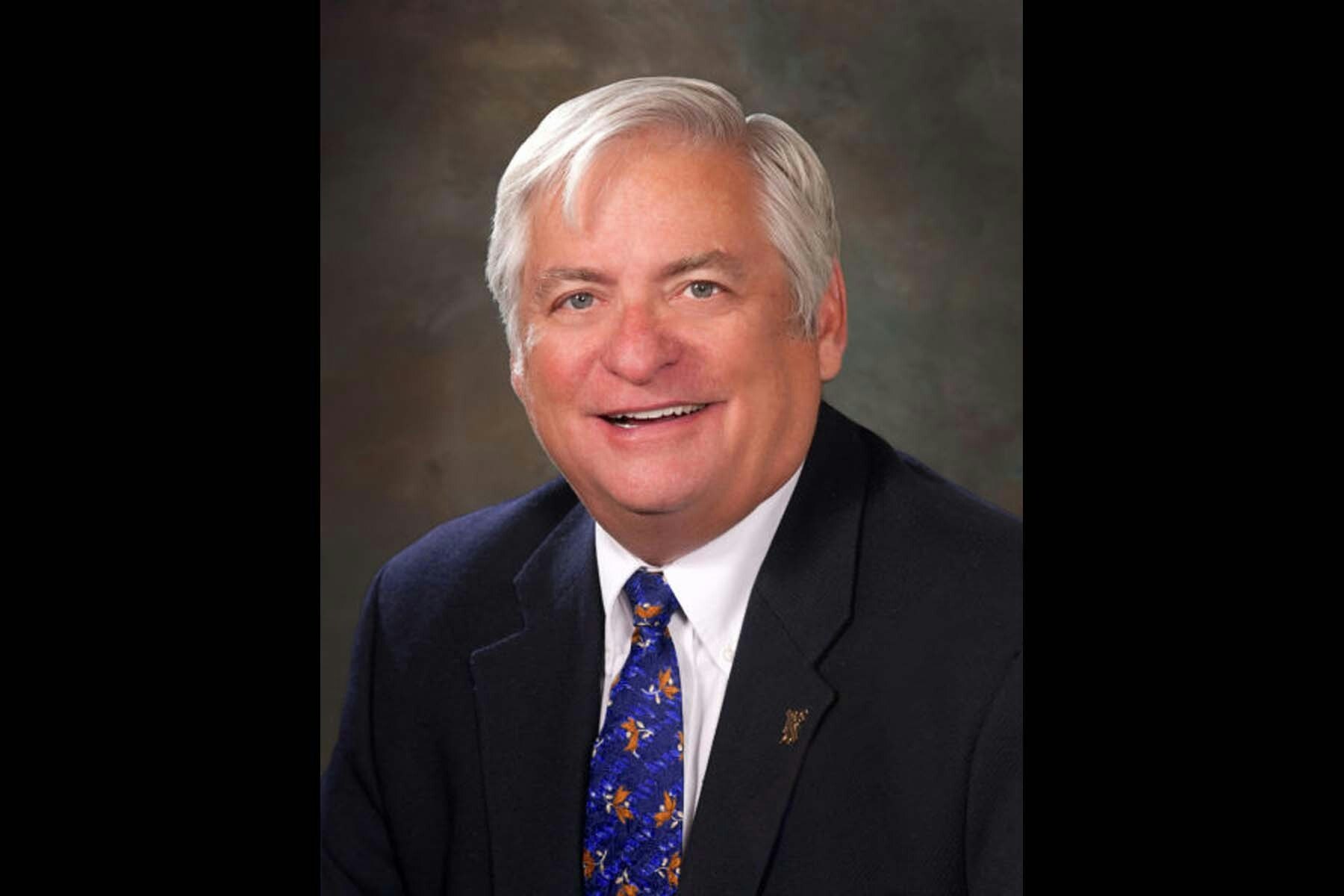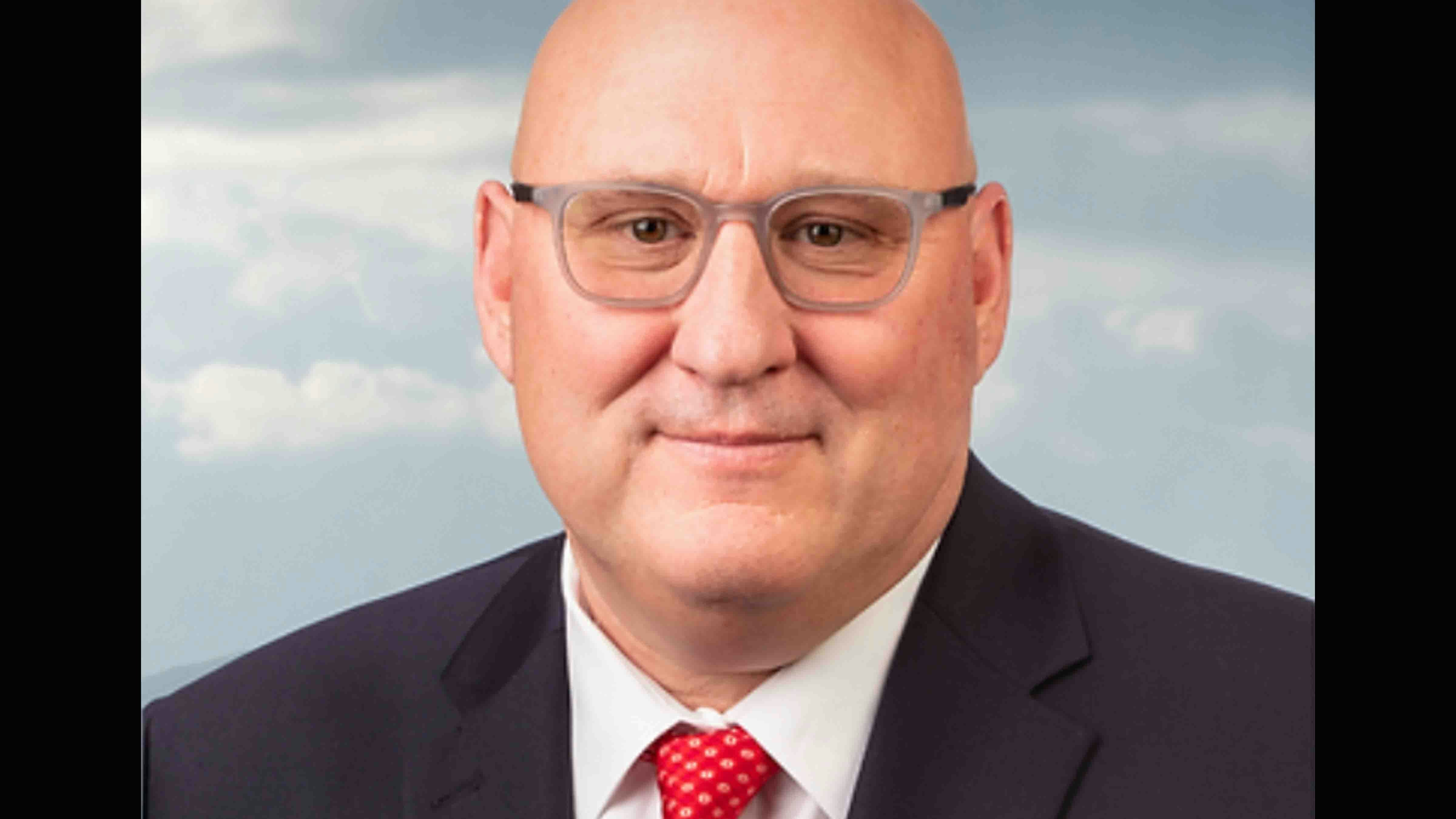By Bill Sniffin, publisher
Everything’s the same, back in my little town.
– Simon and Garfunkel song
Why does Wyoming lack a small city of significant population?
This thought first occurred to me while traveling through Boise (235,684). Most recently, while visiting Anchorage, with its 282,958 people, this question again came into my mind.
Our largest cities, Casper and Cheyenne, are wonderful places. Both were similar in size to Anchorage and Boise 60 years ago. Not so today.
It might be easy to conclude that there were unique things that contributed to the growth of Anchorage and Boise. But what? And why? They are isolated places in frontier-like states just like Wyoming.
One thing I noticed about both places is the obvious signs that big corporations are based there. Years ago, big oil companies had a large presence in Casper and a big airline had its headquarters in Cheyenne. But they moved on.
Anchorage grew because of the energy explosion in that state. But has not Wyoming seen the exact same thing here over the past 60 years?
It is also significant to note the difference in the ages of the populations of Alaska and Wyoming. While we are among the oldest in average age, Alaska is perhaps the youngest.
Today Casper and Cheyenne are 58,763 and 65,035 while Anchorage tops a quarter of a million and Boise tops 235,000.
Before going farther, I admit that I love our small population and am not yearning for big increases. But it seems odd that somehow Wyoming has avoided developing that one major-sized city that would be an economic incubator for the state.
The statistics of some other neighboring small cities are even more interesting.
In 1960, Fort Collins was a little city, as was Rapid City. Today, they are 169,810 and 78,956. Four other Colorado cities that were just little towns 60 years ago include Longmont 98,885, Loveland 76,378, Grand Junction 65,560, and Brighton 40,083.
Over 60 years, the growth of Casper from 38,665 to 58,763 and Cheyenne’s growth from 43,380 to 65,035 are quite respectable. But neither showed the explosive growth of these other regional cities. Billings, for example, doubled from 52,249 to 109,843. Bozeman was just 13,361 in 1960 and today is 52,619.
Over in South Dakota, Sioux Falls is now 192,517. In 1960 it was 98,946
Wyoming leaders commented on this situation:
Kim Love in Sheridan asked five questions: Who is Wyoming’s JR Simplot? What has Wyoming ever done that was the equivalent of the de-regulation of banking South Dakota did to recruit Citicorp’s credit card business? What was the relative size of Wyoming’s energy industry compared with Alaska’s North Slope development? What would Wyoming look like if the economic impact of Wyoming’s energy was concentrated in one city such as Anchorage as opposed to five or six? What would Jackson look like if it had the same ability to grow as Bozeman has and also had a four year university?
Cowboy State Daily editor Jimmy Orr: “I would agree that investing in communities makes a big difference. Personally, I love that we don’t have any big communities and hope we keep it that way. Weather will keep Cheyenne and Casper’s growth in check. Keep an eye out on Lincoln, Sublette, and Crook counties. The natural beauty of these counties will spur a lot of growth.”
Former Wyomingite Debbie Hammons writes: “Now that I live in a thriving Colorado community, I understand far better what residents like about living here. Longmont, for Pete’s sake, has grown to be bigger than Casper and Cheyenne during the past 10 years! But they had a community effort to renew their downtown, and people from all over the region go there. It’s become a ‘cool’ place — attracting people who now not only visit there, but want to move there. Yes, you have to have jobs, educational opportunities, attractive outdoor attractions, but the town shouldn’t look like just a truck stop.”
Former Wyoming journalist Joe McGowan: “I believe the -relatively high elevation and the accompanying cold, snowy weather discourage people from moving to Wyoming. Some years ago, I knew a fellow whose doctor told him to find a lower elevation because of a medical problem he had.
“By the way, all those years ago I was on the UW swim team and we had a real advantage when other conference teams came to Laramie. Often their distance swimmers had trouble finishing and a few had to be pulled from the pool!”
UW Historian Phil Roberts sees politics as the problem: “Hate to say it, but it’s Wyoming’s increasingly reactionary ideology, perceived as antithetical to new ideas and innovation. Unless you are already rich, there is little in the way of opportunity–at least, that’s the outside perception. We do little to counter that narrative, especially in this era of Trumpism. Something has to change.”
Lander entrepreneur Cade Maestas says: “Wyoming is a one-trick pony. Our extraction-based economy is heavily impacted by boom and bust cycles. We need more mid-size companies to flourish here, this will build a larger talent pool to recruit even larger companies.
“Or we need a homegrown favorite to flourish to the point of becoming a Coors, a Dell, an Oracle, or any of the other large businesses in smaller communities that helped lift their towns to the next level. Four-year colleges are going the way of the dodo. We need more tech schools, more tech infrastructure, and we need a stable economy to let businesses grow.”
Several folks blamed weather for lack of growth in our two largest cities. The late Steve Mossbrook, who was CEO of wyoming.com in Riverton said: “In both Wyoming cities the wind blows all the time, frequently so hard as to make it uncomfortable to be out of doors. Additionally, Wyoming people are not exactly fond of change.”
Randy Bruns, who headed up LEADS economic efforts in Cheyenne, told me his thoughts about eight years ago on this subject: “Anchorage, Fort Collins, and Boise all are university towns and they all invested heavily in quality of life amenities two decades or more before Casper and Cheyenne started to wake up. Communities that invest in themselves become attractive to others. In Wyoming we thought things were good enough, thank you very much.”
My personal theory is that both Cheyenne and Casper do have weather considerations that come into play.
Also, Wyoming is both the windiest state in America and has the highest average elevation of any state. It is high and cold here.
But the biggest reason for the lack of a major growth was the 20-year bust that Wyoming endured from 1982 to 2002. Wyoming truly languished during this bleak period with a “make do” attitude.
We lost our momentum and it’s been difficult all these years later to get it back.





